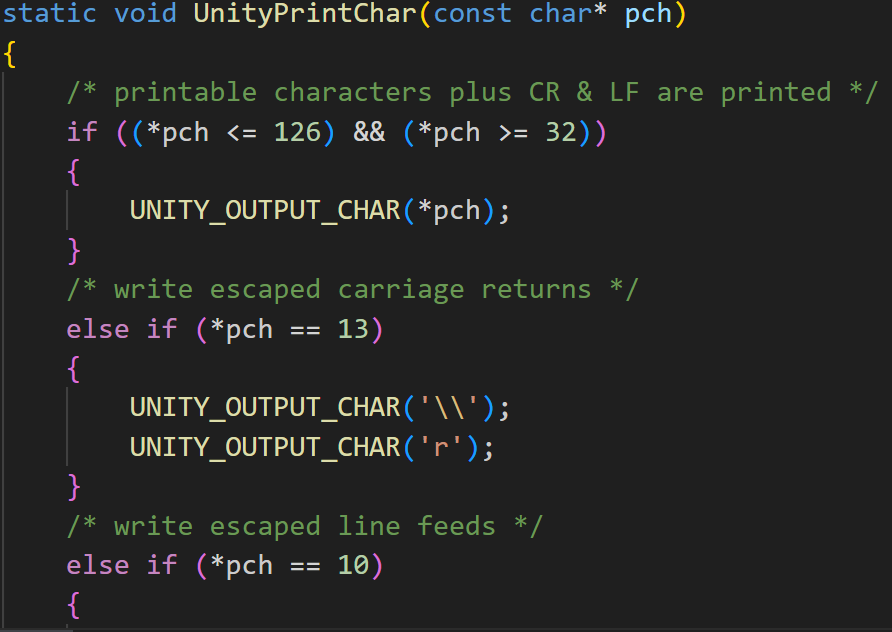Make the right choices when purchasing or developing a PCBA test system for electronics and what is the influence of the PCB-design on the test coverage?
During the production of electronics, it is important for a cost-efficient and high-quality end product, that inspections are carried out between each production and assembly step in the process.
This is the only way to prevent production errors from accumulating during manufacturing and assembly and making the repair of these “production defects” at the end of the production line, a costly, time-consuming and complex matter.
If the above basic rules have been met and your product has been handled with the greatest possible care (especially in regards to ESD safety), then the produced end product might still contain a small percentage of errors causing the product not to function properly.
Unfortunately, most of these errors are very difficult to visually inspect, manual or automatic. This requires a different approach, namely, electrical functional testing of your product.
During this presentation, Peter van Oostrom will discuss the following topics;
- Why do we test A newly assembled PCB?
- How important is a good design for a reliable production process?
- Which automatic testing methods are available?
- How does a modular functional testing system works, in the basics?
- The benefits of using a Mass Interconnect Interface.
- Pitfalls in developing a test system and the possible solutions.
- How do we make good and reliable contact between the DUT and the measuring electronics?
- Most important DFT (design for Test) guidelines that every developer should know.

